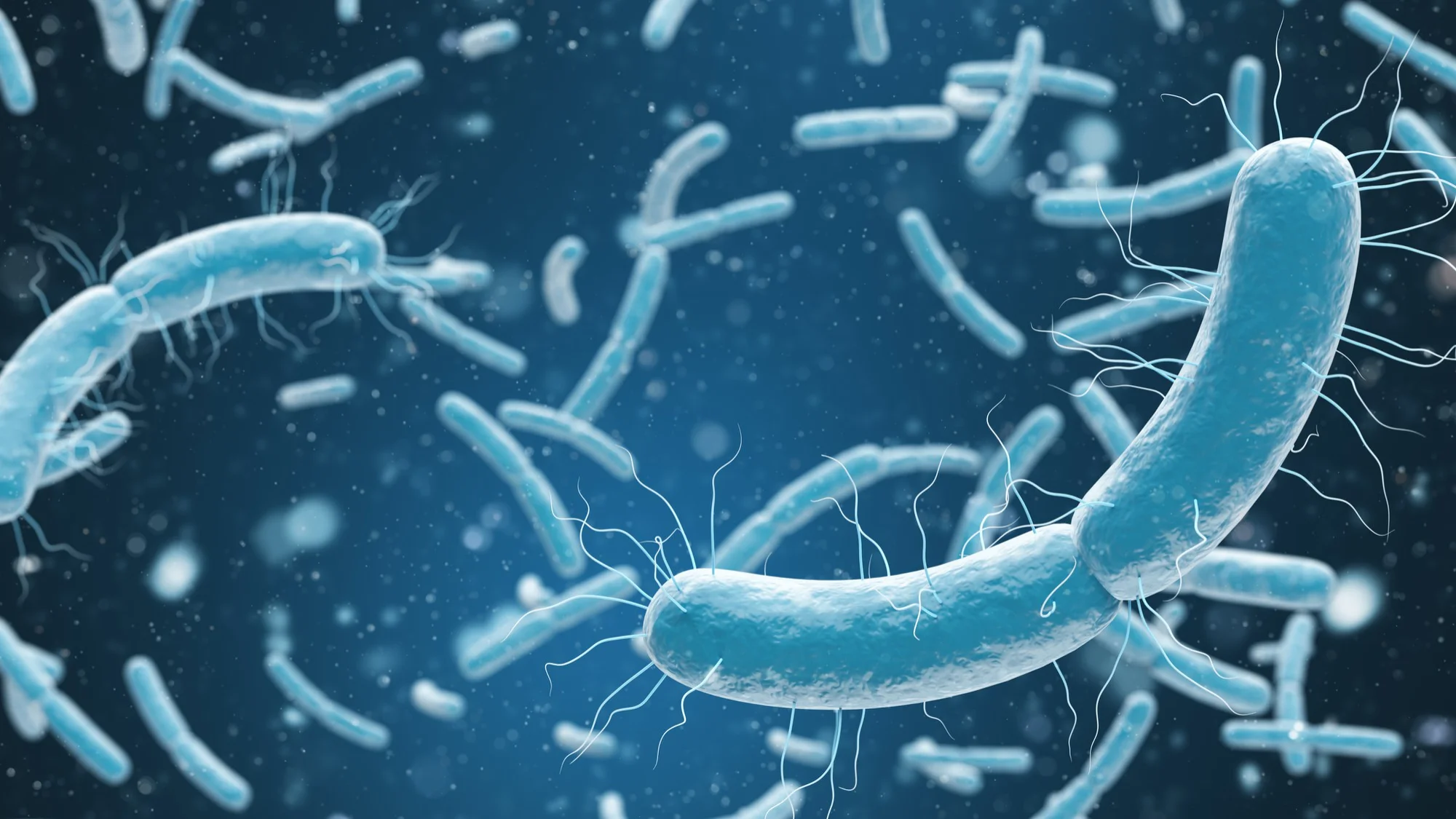In the field of environmental biotechnology, one of the recent breakthroughs getting extensive global attention is the use of photogranules composed of bacteria and microalgae for carbon-negative nitrogen removal. This innovative approach holds great promise for enhancing sustainability in wastewater treatment and has been covered in a recent article published in ‘The Science of the Total Environment’. The DOI for this article is 10.1016/j.scitotenv.2024.169975.
The interdisciplinary research, led by Wu Xiaogang and team from the distinguished College of Environmental Sciences and Engineering at Peking University, reveals crucial insights into the types of bacteria that accelerate photogranulation. One of the study’s major revelations is how these bacteria rely on signaling communication to interact positively with microalgae, which can pave the way for more efficient water treatment systems that utilize the mutualistic relationships between these microorganisms.
The Significance of Signaling Communication
Researchers investigated two experimentally verified signaling molecules that facilitate this cross-kingdom interaction: indole-3-acetic acid (IAA) and N-acyl homoserine lactones (AHLs). The study employed via metagenomic methods to understand the varieties of signaling communications taking place within photobioreactors—a controlled environment where this interplay is most beneficial.
The findings are noteworthy: signaling communication appears to be beneficial for bacteria’s adaptability to coexist with algae, showing that compared with non-signaling bacteria, their signaling counterparts more readily adapt to changing conditions. The study further shows signaling bacteria have increased abundance in the reactors used during experiments.
Entering the Phycosphere
A particularly striking aspect of the research reveals that signaling bacteria find it easier to enter the phycosphere—a microalgae’s sphere of influence in the aquatic environment. These bacteria dominate the interactions over the non-signaling bacteria. Co-abundance groups (CAGs) with signaling bacteria show a higher presence rate, and these bacteria are more likely to become keystone nodes—central figures in the microbial interaction network.
Keystone Nodes and Nitrogen Removal
An exciting outcome of the research was the identification of Thauera bacteria with heightened presence carrying both IAA and AHLs synthase genes, which are highly correlated with the rate of nitrogen removal. This insight signifies that the presence of these specific signaling bacteria could be a key player in boosting the efficiency of nitrogen removal processes.
The Future of Microbial Sociobiology and Wastewater Treatment
The research by Wu Xiaogang and colleagues has implications far beyond the environmental sciences. It enriches our understanding of microbial sociobiology—the science of how microorganisms interact within their communities and with their environment. This study’s cutting-edge discoveries could revolutionize wastewater treatment and nutrient recycling, making the systems not only more efficient but also more eco-friendly.
Implications and Applications
Governments, environmental agencies, and the scientific community at large have been actively seeking carbon-negative solutions to the global wastewater crisis. This study demonstrates a clear path forward using nature’s own mechanisms—signaling interactions between microorganisms. With potential implementations ranging from rural communities to urban centers, this carbon-negative method could scale effectively, addressing both environmental and economic concerns.
Advancing Knowledge and Solutions
This research solidifies the argument for further exploration into biologically mediated water treatment processes, emphasizing the importance of understanding microbial interactions. The potential for adaptation and implementation also means industry and policy could see tangible, actionable changes influenced by this work.
Sustainability and Environmental Stewardship
A sustainable future depends upon advances such as these, where environmental solutions do not come at the cost of economic viability or ecological balance. By leveraging the natural symbiotic relationships between bacteria and microalgae, waste treatment systems can evolve to become self-sustaining biotechnological marvels.
Copyright and Competing Interests
While this knowledge opens doorways to new applications, the research team, based at the Key Laboratory of Water and Sediment Sciences, Ministry of Education, Peking University, has declared no known competing financial interests or personal relationships influencing the work. Their commitment to transparency and scientific integrity underlines the credibility of their pioneering research, which is all set to make waves in environmental circles.
Keywords
1. Photogranulation
2. Carbon-Negative Nitrogen Removal
3. Bacterial-Algal Symbiosis
4. Environmental Biotechnology
5. Microbial Sociobiology
References
1. Wu, Xiaogang, et al. “Communication mediated interaction between bacteria and microalgae advances photogranulation.” The Science of the Total Environment (2024): 169975.
2. Zheng, Ru, et al. “Photogranulation in wastewater treatment: a review.” Environmental Science & Technology (2022).
3. Feng, Yiming, et al. “Microbial interaction between algae and bacteria: a review.” Frontiers in Microbiology (2021).
4. Kong, Lingrui, et al. “Quorum sensing in microalgae-bacteria consortia: progress and potential for nitrogen removal processes.” Bioresource Technology Reports (2023).
5. Zhou, Jianhang, and colleagues. “Harnessing microbial symbiosis for sustainable wastewater treatment.” Trends in Biotechnology (2020).
The groundbreaking study “Communication mediated interaction between bacteria and microalgae advances photogranulation” is available for further reading online, offering valuable insights for environmental scientists, biotechnologists, and ecologically-focused initiatives worldwide.
